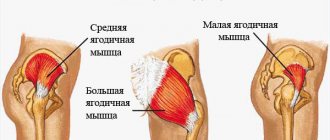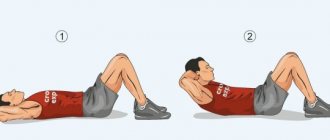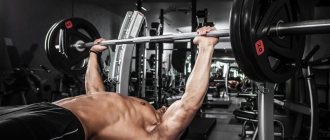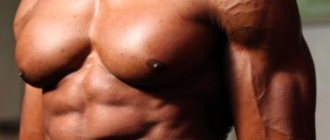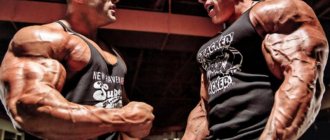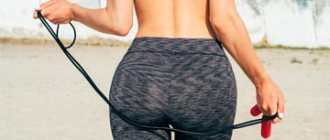| View | Description |
| Direct | The design platform is parallel to the floor. This type of exercise machine provides maximum range of motion and load on the extensors. Direct hyperextension allows you to work all the tendons and create a powerful stretch in the lower lumbar region. |
| Oblique | The shape of the thoughtful design implies a moderate load on the lumbar region. Using a special technique, it is possible to focus on the buttocks. |
| Reverse | These reverse hyperextension machines are designed to engage the gluteal muscles. The athlete's body is held parallel to the floor with his hands so that only his legs are in motion. Together with the soft roller, they should rise as high as possible while inhaling. The exercise creates an axial load on the sacrum and lower lumbar region. Performed on a horizontal bench or using a Roman chair. |
| With weights | Any of the above types of hyperextension can be performed with additional weights. For this, pancakes, weights, barbells, and dumbbells are used. This increases the load on the extensors. |
Another variation of the exercise is hyperextension on a fitball. Using a sports ball, you can perform both straight (you will need a footrest) and reverse hyperextensions (the emphasis on the floor is done with your hands).
What is hyperextension and why do it?
Hyperextension is an exercise in which you extend at the hip joint while keeping your legs fixed. You should include it in your workouts because it:
- Pumps up the buttocks and the muscles of the back of the thigh.
- Strengthens the back extensors, a group of muscles around the spine that help maintain posture and protect the back from injury during strength training and in everyday life.
- Relieves Comparison of trunk and hip muscle activity during different degrees of lumbar and hip extension lower back pain.
- Improves performance in strength exercises. Hyperextension helps Next-Level Coaching: The Glute-Ham Developer master powerful hip extension while maintaining a neutral back. This movement is essential for good performance in the squat, deadlift, snatch and clean and jerk, and many other exercises.
Currently reading
